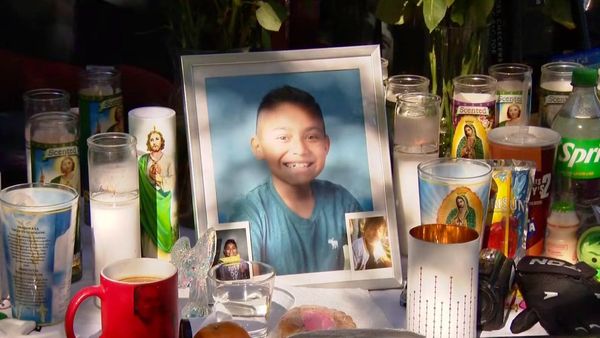THE proportion of children, adults, and people of pension age living in relative poverty has tracked lower in Scotland than the UK as a whole for two decades, analysis shows.
Accredited UK Government statistics show that across all age groups, Scotland has had lower levels of poverty than the UK as a whole since 2005.
For child poverty, Scotland has seen levels drop in the last three years, from 25% in 2021 to 23% last year. In England and Wales, rates in 2024 were at 31%, the same as in 2021. For the UK as a whole, child poverty rates have flatlined at 30% since 2018.
John Dickie, the director of the Child Poverty Action Group in Scotland, told The National that the poverty levels were directly impacted by interventions like the Scottish Child Payment.
“The biggest single factor is the level of social security available for families,” he said.
The rates The National has used for the analysis are all relative poverty – having an income below 60% of the current median income for that year – after housing costs are excluded (AHC).
This, Dickie said, is the best measure to get an understanding of the amount of disposable income a family has available.
He also said that historically higher levels of social housing in Scotland could help explain the lower levels of relative poverty north of the Border.
In London, child poverty AHC has tracked above the UK average for 20 years (at 35% in 2024), largely due to the high cost of housing in the city.
Further analysis of UK Government figures shows that children in families where a person has a disability are more likely to be living in poverty.
And children in households with three or more children are much more likely to be in poverty than those with two or one.
In 2024, an estimated 44% of children in a family with three or more kids were in relative poverty, compared to 21% of those in a single-child household.
The two-child cap, imposed by the Tories and kept in place by Labour, prevents families from claiming benefits for third or subsequent children unless certain conditions are met, such as proving that the child was a product of rape.
The cap is seen as a key driver of higher poverty levels among families with three or more children.
Dickie said that child poverty levels were also about the “long-term consequences” on people’s lives. Better off children are more likely to do well in school, and more likely to have good health in the long-term, he said, warning that the UK would eventually “pay the price” for having high levels of child poverty.
The Child Poverty Action Group Scotland director pointed to a report from his charity which estimated that the cost of child poverty on the economy was around £40 billion per year.
“This figure is comprised of costs to the economy due to the greater risk of unemployment and lower earnings potential of adults who grew up in poverty, and of the additional amount spent on public services to help address the damage done to children growing up in poverty,” the report said.
For people of pension age, relative poverty levels AHC have also tracked lower than the UK average for two decades.
The UK hit a 20-year low at 13% of pensioners in relative poverty in 2014. Scotland tracked at 12% from 2011 to 2016, before seeing levels slowly climb up to 15% from 2022-2024. This was below the UK as a whole, which was at 18%, 17%, and 16% respectively through those most recent years.
And for individuals Scottish poverty rates have tracked below the UK as a whole since 2005, when they were both at 21%.
Last year, the UK saw relative poverty levels at 21%, while Scotland’s was at 20%. Like for people of pension age, this was an increase on the lows seen in the early 2010s.







